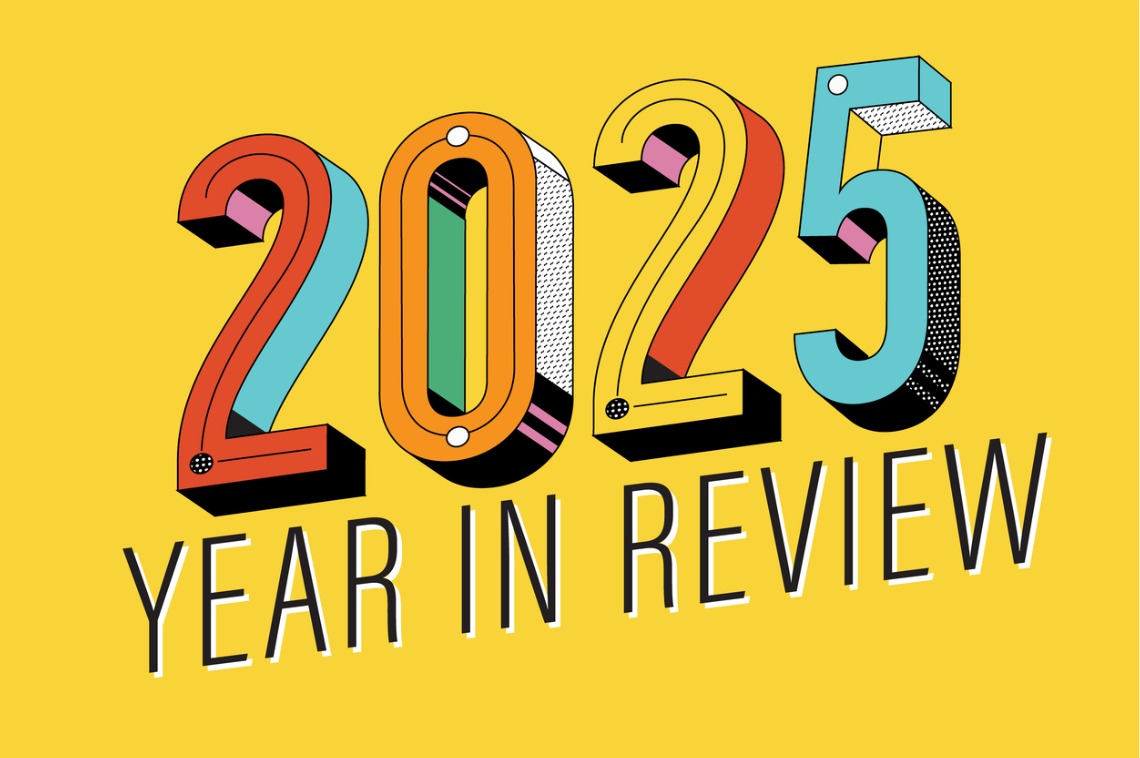S
an Francisco is the only major US metropolitan area where housing costs have returned to pre-pandemic levels, with Bay Area neighbors Oakland and San Jose close behind. According to a Redfin report, these cities' mortgage payment-to-income ratios are nearing "normal" – defined as 30% of median household income.
The analysis used July 2018 data, when the national median ratio was at 30%, to gauge housing affordability. With a 6.7% mortgage rate, San Francisco's current ratio is 67.1%, down from 74.1% in July 2018. Redfin Senior Economist Asad Khan notes that while costs have decreased, they remain unaffordable for median-income households.
San Francisco's high mortgage payment-to-income ratio indicates that homes are being traded among a concentrated group of high-wealth households. Households on the median wage in San Francisco spend a lower share of their income to rent or live in inherited homes.
Oakland is projected to return to normal housing costs this month if home prices remain flat or fall, and mortgage rates stay at 6.7%. If prices grow 2%, housing costs will return to normal next month.
The report projects that San Jose's housing costs will return to normal in May 2029, assuming a 3.2% annual home price growth rate. This is more than five years earlier than the national housing costs would return to normal under the same scenario.
San Francisco's home prices have grown by only 8% since July 2018, compared to 63% nationally. The Bay Area's high pre-pandemic prices and slower post-pandemic growth contribute to its relatively quick return to "normal" levels. Household incomes in San Francisco are growing at 7.7% annually, outpacing the national average of 3.9%. This trend is also seen in Oakland and San Jose.
Redfin Premier agent Ali Mafi attributes the Bay Area's housing market dynamics to the presence of AI companies offering high salaries and signing bonuses to attract talent. As incomes rise and home prices hold steady, buyers view the market as an opportunity for relative value.













